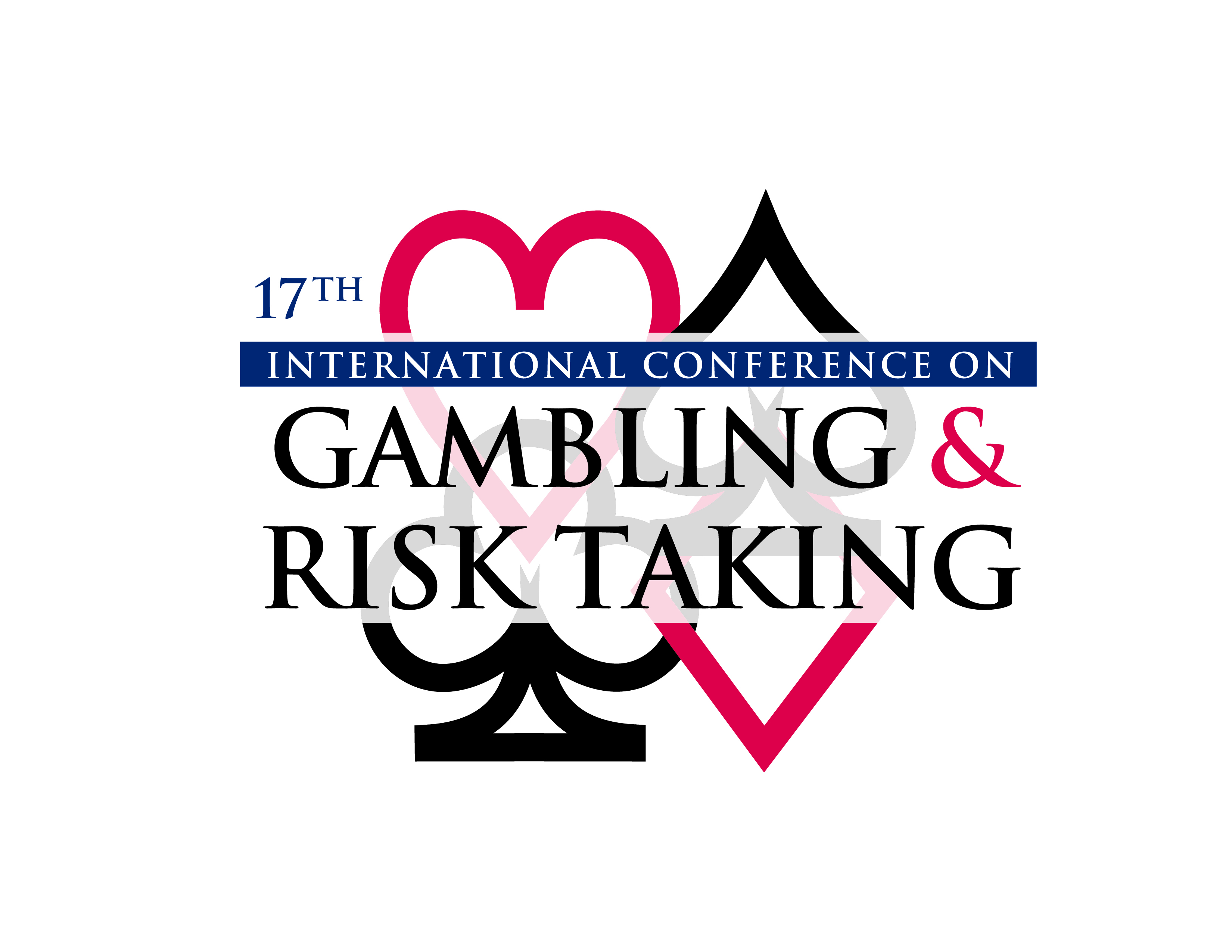Session Title
Session 1-3-D: Cards and Dice
Presentation Type
Event
Location
Caesars Palace, Las Vegas, Nevada
Start Date
28-5-2019 1:45 PM
End Date
28-5-2019 3:10 PM
Disciplines
Discrete Mathematics and Combinatorics
Abstract
The Pala Casino in California deals Card Craps using a red die numbered {2; 2; 2; 5; 5; 5} and a blue die numbered {3; 3; 3; 4; 4; 4}. Two cards from a special 36-card deck, which contains one card bearing each of the 36 ways in which two dice can land when rolled, are dealt: one each face down to a red space and a blue space. When the dice are rolled, the higher number determines which of the cards is flipped over.
A moment's reflection reveals that Pala's blue die is unnecessary. The card selection process can be streamlined by looking only at the red die:
If the red die shows a 2, turn over the blue card.
If the red die shows a 5, turn over the red card.
While this is certainly convenient for Pala's craps dealers, this talk will determine how many ways there are to renumber the red and blue dice so that the following criteria are met:
1. Only the numbers 1-6 are used.
2. No ties are possible.
3. Each die has a 50% chance of bearing the higher number when thrown.
4. Both dice need to be consulted on at least some rolls.
Keywords
Nonstandard dice, Card craps
Funding Sources
None.
Competing Interests
None.
Nonstandard Dice That Both Count For Card Craps
Caesars Palace, Las Vegas, Nevada
The Pala Casino in California deals Card Craps using a red die numbered {2; 2; 2; 5; 5; 5} and a blue die numbered {3; 3; 3; 4; 4; 4}. Two cards from a special 36-card deck, which contains one card bearing each of the 36 ways in which two dice can land when rolled, are dealt: one each face down to a red space and a blue space. When the dice are rolled, the higher number determines which of the cards is flipped over.
A moment's reflection reveals that Pala's blue die is unnecessary. The card selection process can be streamlined by looking only at the red die:
If the red die shows a 2, turn over the blue card.
If the red die shows a 5, turn over the red card.
While this is certainly convenient for Pala's craps dealers, this talk will determine how many ways there are to renumber the red and blue dice so that the following criteria are met:
1. Only the numbers 1-6 are used.
2. No ties are possible.
3. Each die has a 50% chance of bearing the higher number when thrown.
4. Both dice need to be consulted on at least some rolls.

